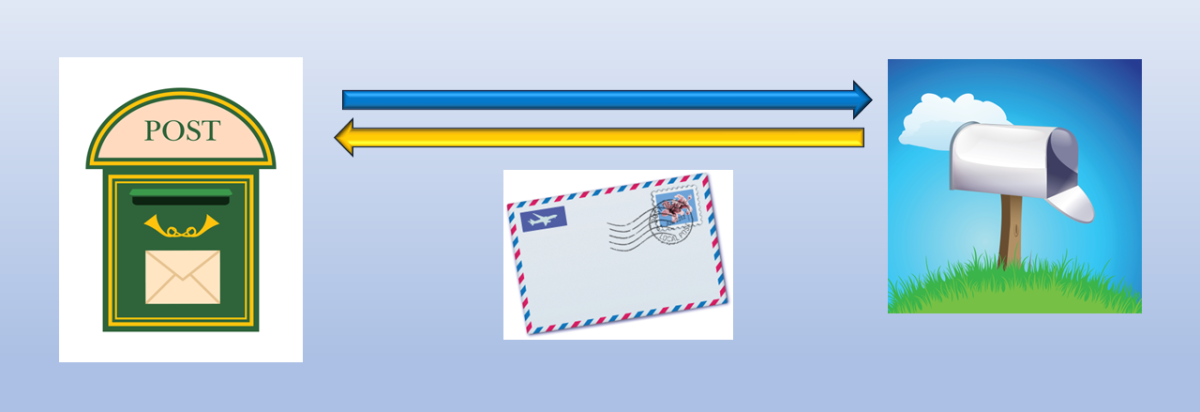In Computer Networking (and the Internet in general), all communication systems will be one of the two following types:
- Connection-oriented communication and
- Connectionless Communication
In this blog post, we will talk about Connectionless Communication and Connection-Oriented Communication in another blog post.
The Main Definition of Connectionless Communication
As I mentioned in another blog post, the main characteristic of “Connection-Oriented” Communication is that we must establish an end-to-end connection before communication begins.
This is not the case for Connectionless Communication.
The only thing that we require for Connectionless Communication is that at least one possible communication path must exist between Point A and Point B.
However, we do not need to go through a Connection Set-up Procedure before communicating.
Each block of data (or packets) is routed from the Source to the Destination terminals independently of that for the other packets.
Hence, not all packets necessarily flow along the same exact path.
This is in stark contrast to Connection-Oriented Communication.
Since Packets Don’t All Follow the Same Path – For Connectionless Communication…
There might be a need for the Receiving Machine (at the Destination Terminal) to re-order the packets back into their correct sequence should they arrive at the Receiving Machine out of order.
In Figure 1, I show a group of packets arriving at the Receiving Terminal in a different order/sequence from that in which they were transmitted. This figure illustrates the case in which we would need to re-order the packet sequence at the Receiving Terminal.

Figure 1, Artifact of Connectionless Communication – Packets Do Not Necessarily Arrive (at the Receiving Terminal) in the Same Order as was Transmitted.
This was not the case for Connection-Oriented Communication.
In Figure 2, I show the sequence of packets (going through the Connection-Oriented Communication) in contrast to that for Connectionless Communication.
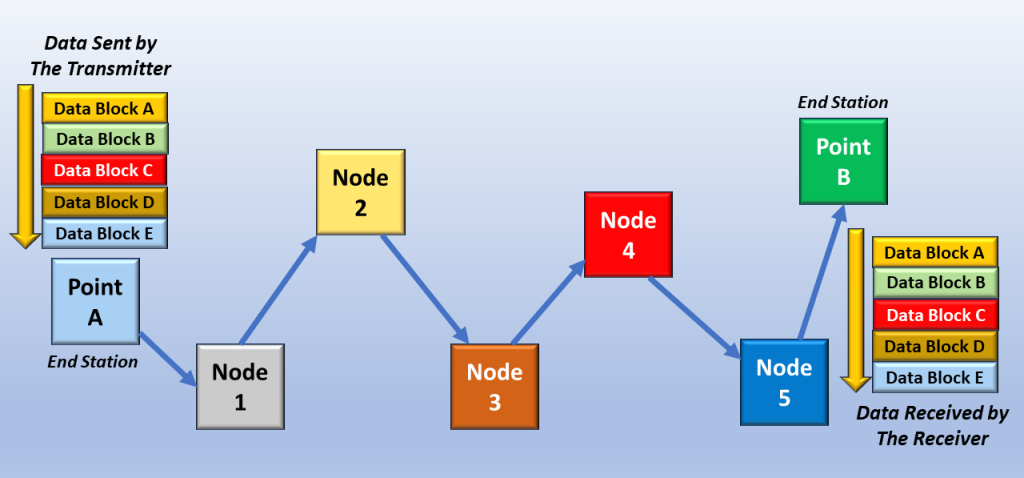
Figure 2, Artifact of Connection-Oriented Communications – Packets Do Necessarily Arrive (at the Receiving Terminal) in the Same Order as was Transmitted.
Network Transit Times for Packets will NOT be Constant.
Since each Packet will travel through a Connectionless Communication Network in a path independent of the other packets, the transit time for packets will not be constant (or nearly) the same for all packets.
Some packets experience more delay (or longer transit time – through the network) than others.
In Figure 3, I show a possible route for Packet # 1 through the network.
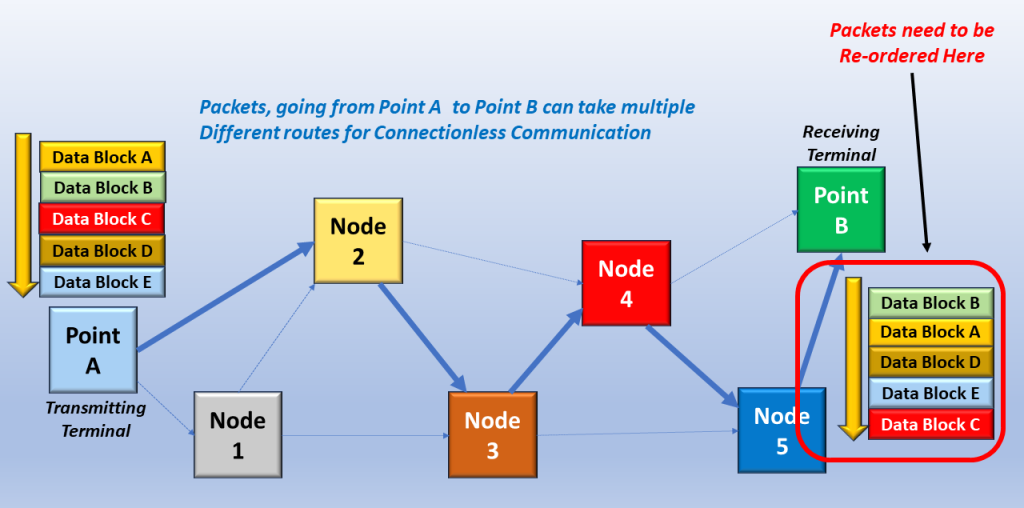
Figure 3, Possible Route for Packet # 1, through a Connectionless Network
In Figure 4, I show the possible route for Packet # 2 through the Connectionless Network.
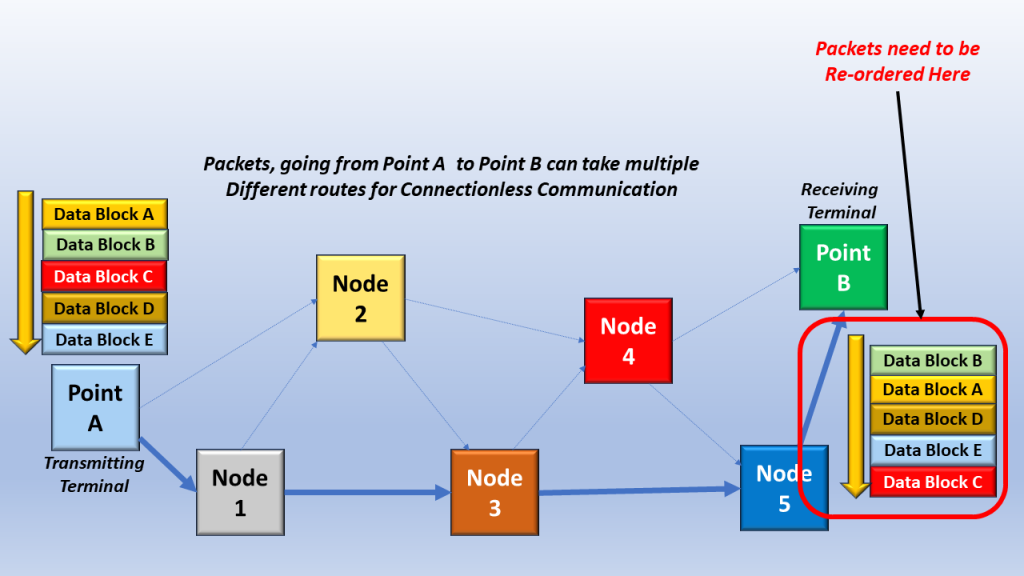
Figure 4, Possible Route for Packet # 2, through a Connectionless Network.
You can see that the possible routes for Packet # 1 and Packet # 2 can differ. This difference in path can result in different transit times between the two packets.
Why Would Packets be Routed Differently from Other Packets in a Connectionless Communication Network?
Some of the network circuitry may make different routing decisions based upon (for example) congestion levels or operational conditions within the paths between nodes.
Consequently, Connectionless Communication will have a MUCH wider range of Propagation Delay times (to transit the network).
In Figure 5, I show a graph of the range of Delay (or Transit Times) through a Connectionless Network.
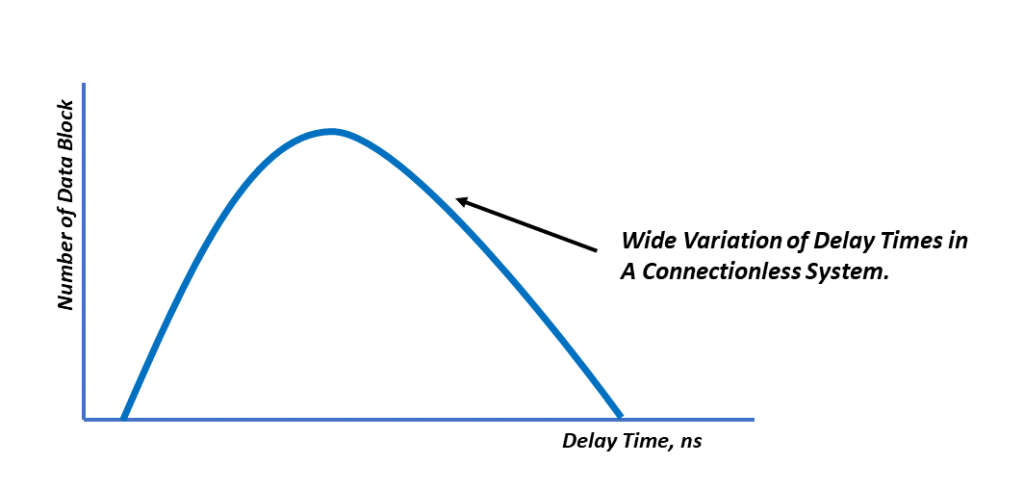
Figure 5, A Graph of the Possible Range of Delays (or Transit Times) through a Connectionless Network.
This feature (of Connectionless Communication) is often times not very good for real-time services, such as Voice or Video applications.
Advantages of Connectionless Communication
One up-side of Connectionless Communication is that it does NOT require dedicated bandwidth.
This means there is greater flexibility in using Connectionless Communication Media to support various services.
For example, if some services are idle (not using the Communication Media), this media is available to other services.
In other words, there is a dynamic allocation of bandwidth. Bandwidth can be allocated to various services on an as-needed basis.
Examples of Connectionless Communication
- The Postal System (to Snail-Mail a letter).
- You drop the letter in a mailbox
- The letter gets “routed” to the Destination Address
- But the exact path and time/date for arrival will vary.
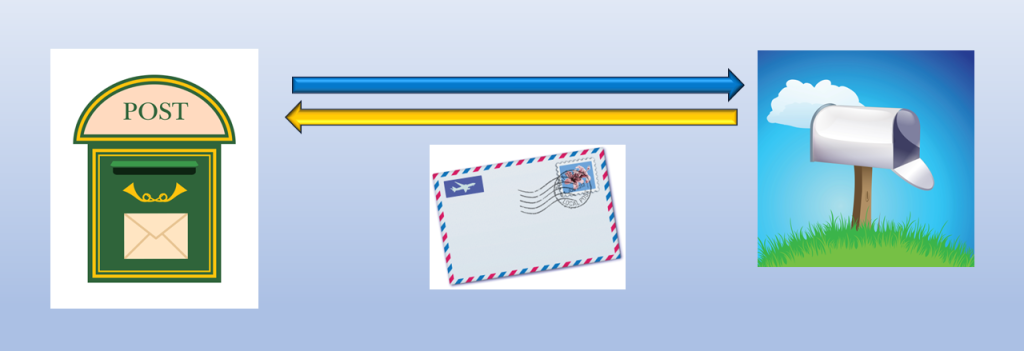
Figure 6, Illustration of the Postal System – Connectionless Communication Network
Other Applications Using Connectionless Communication
- Text Messaging
- File Transfer Applications

